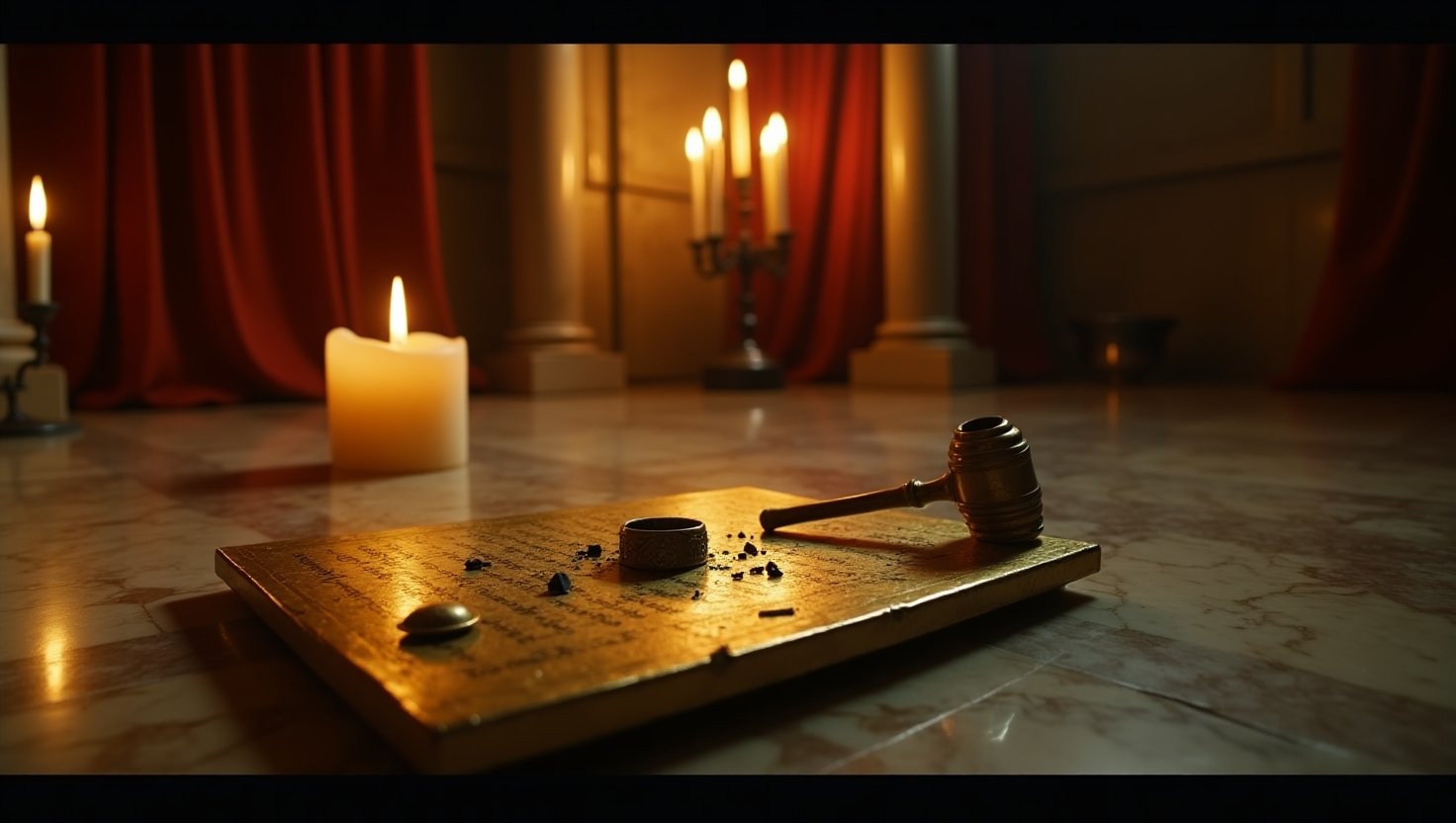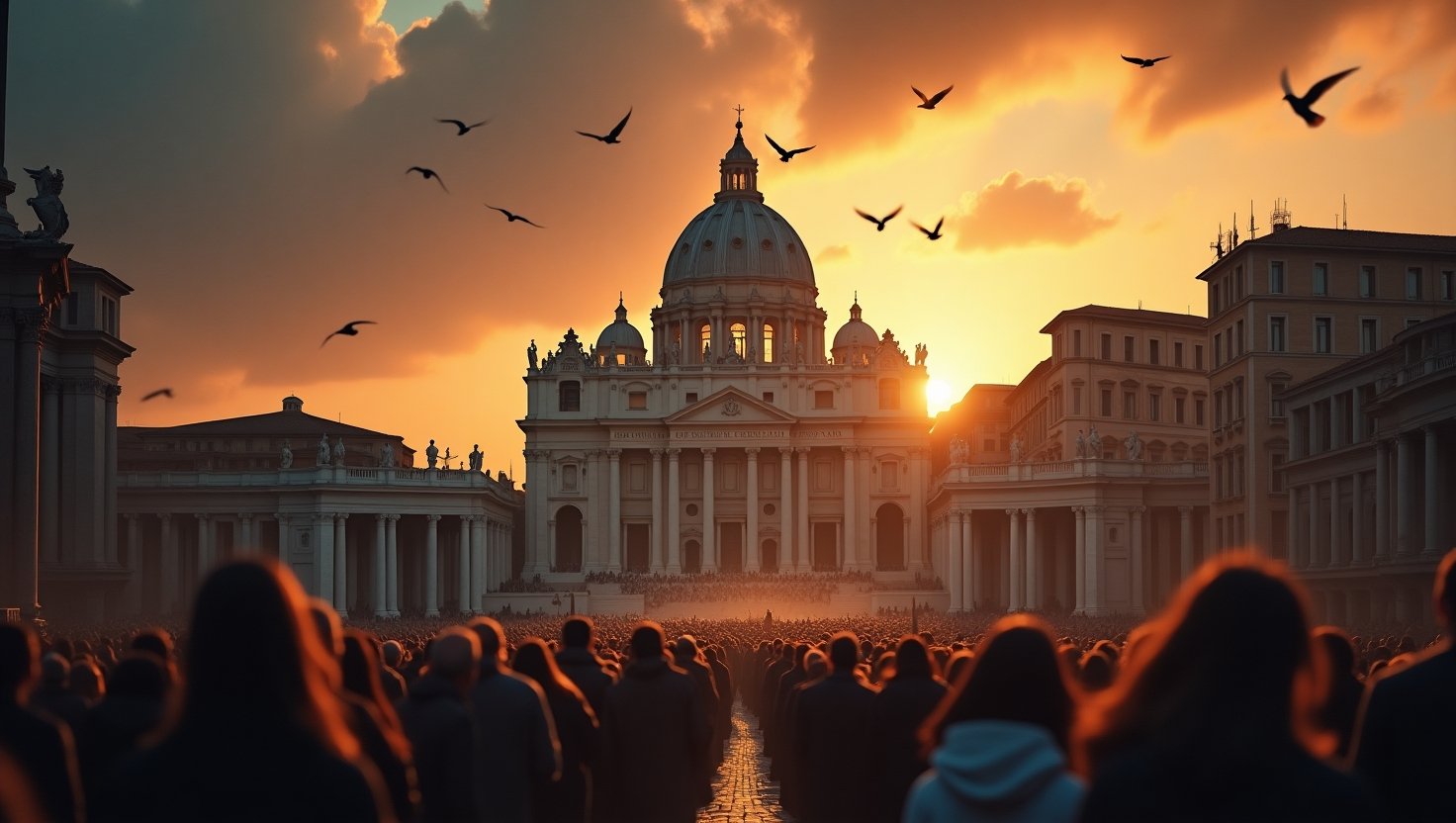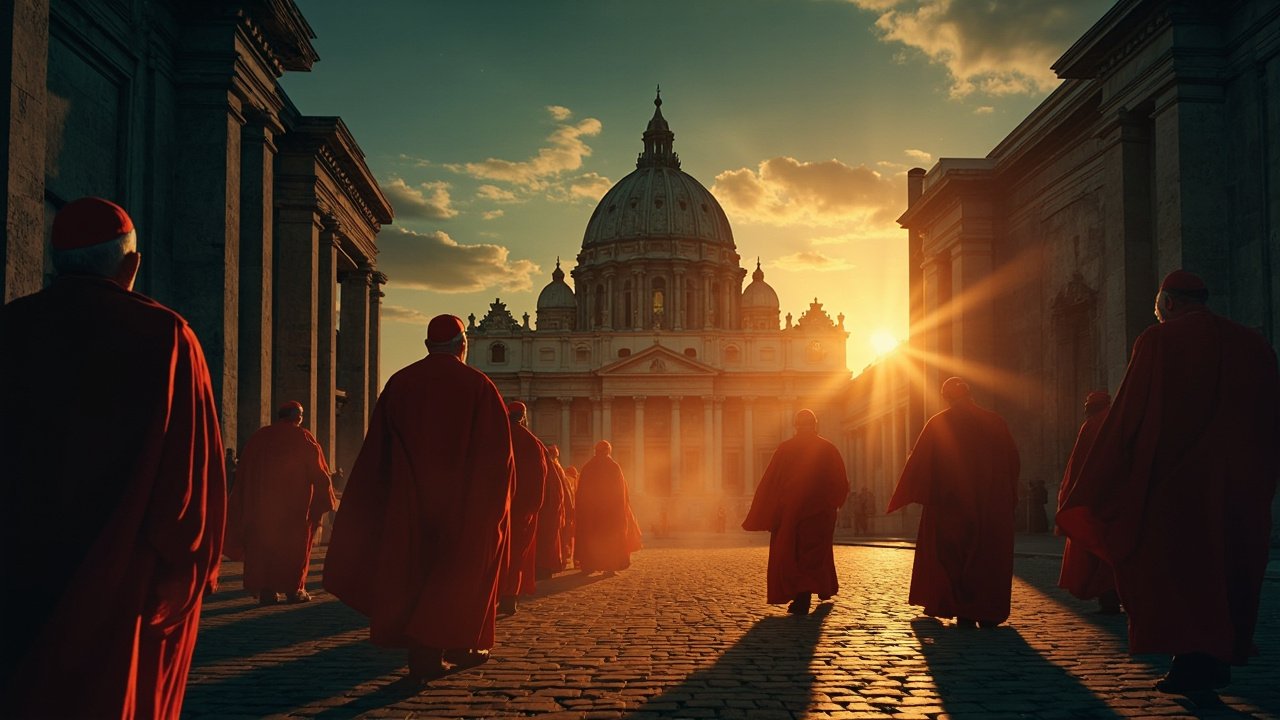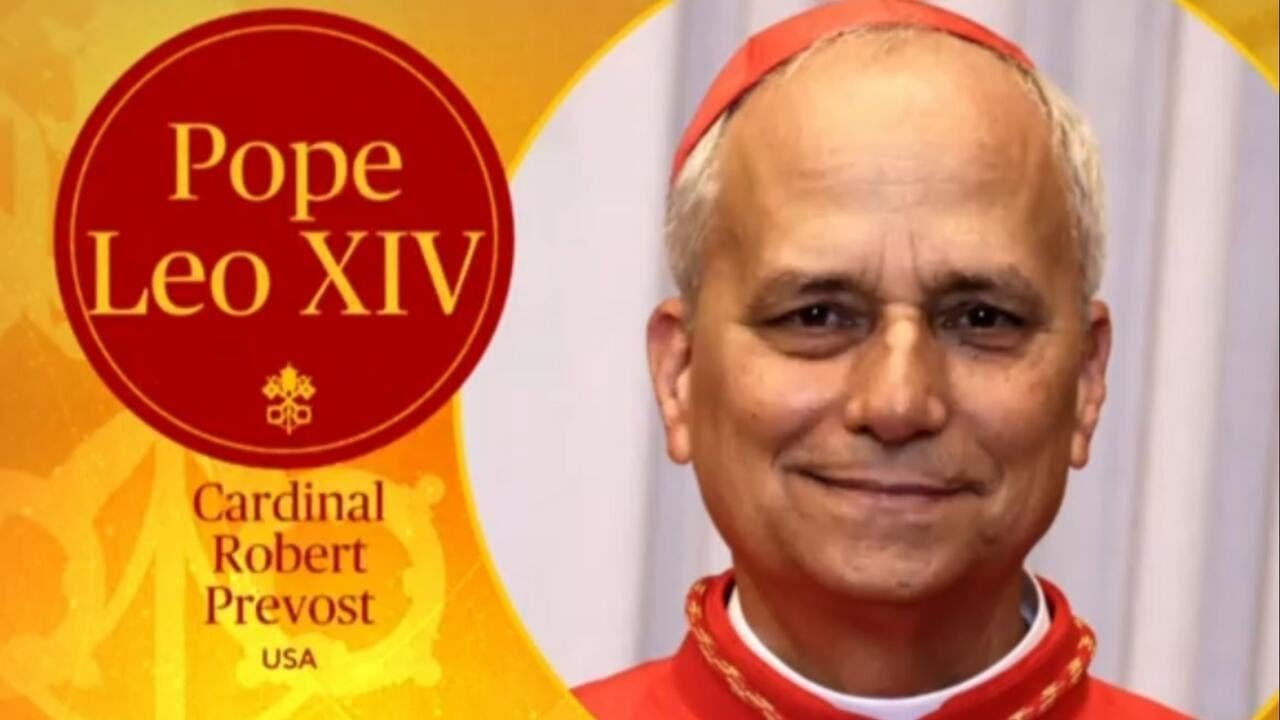
When a pope dies, a page turns in history. But what if that page is laced with ink only the initiated can read? What if the death of a pope is not just an end—but a beginning of a sequence set in motion long ago?
When Pope Francis passed, he left more than a vacancy. He triggered a sacred sequence—one rich with symbolism, mystery, and secrecy. The Vatican’s death rituals are not just about faith; they’re about power, prophecy, and an ancient playbook known to a few.
The rituals you’re about to uncover are real. The meanings? Long debated. Some say they’re symbolic. Others believe they’re a sign of the end.
Let’s begin.
The Silence That Begins It All
The man known as the Vicar of Christ is no more. But the Vatican doesn’t declare death the way the world does. Within minutes, the Camerlengo (Latin: chamberlain)—the cardinal in charge of papal succession—approaches the body. He calls the pope’s baptismal name three times. “Joseph… Joseph… Joseph…”
Then, he taps the forehead with a silver hammer three times—lightly. It’s not to rouse the dead. It is to confirm death with solemn symbolism. This act is called the Ritus Recognitionis, the Rite of Recognition. It’s the Church’s way of saying: The throne of Peter is now empty.
The Ring That Must Be Destroyed
The Pope wears no crown. But his ring—the Ring of the Fisherman—is the mark of divine authority. Carved with St. Peter casting his net, it is used to seal official documents. When the Pope dies, the ring is ceremonially destroyed. Why? To prevent forgery. To end his authority. It is smashed by the Camerlengo in the presence of key witnesses.
This ritual dates back to the 13th century and is tied to papal bulls—documents of immense spiritual and political power. The ring is placed in a velvet-lined case. It will never be worn again.
Sealed Rooms and Locked Doors
The pope’s personal quarters are sealed by the Papal Seal Office. His apartment is locked. His private effects untouchable. Why? Because in the Church’s eyes, no one—not even a cardinal—has authority until a new pope is elected. This act ensures sanctity, prevents tampering, and suspends all earthly authority until divine appointment resumes.
The Conclave Begins
The cardinals, called from around the world, gather in the Sistine Chapel. The process is called Conclave (Latin: con clave, “with a key”). No phones. No communication. Just ballots, Latin prayers, and secrecy.
Each day they vote.
- Black smoke (fumata nera) means no pope.
- White smoke (fumata bianca) means a new pope has been chosen.
The smoke is created using chemicals added to the burning ballots. The world waits outside. But inside, ancient forces and divine deliberations are at work. Echoes of Ancient Rites
Here’s where it gets uncomfortable.
The silver hammer? Used in Babylonian king burials. The three-name call? Echoes of Egyptian rites where the soul was summoned. The ring? A motif of power worn by Roman emperors. Are these coincidences? Or is the Vatican preserving a tapestry of old world traditions under Christian robes?
Consider:
- The hammer (judgment)
- The sealed tomb (protection)
- The hidden name (identity)
These are ancient rituals reimagined for the world’s most visible spiritual throne.
St. Peter: The First and the Foundation
St. Peter, one of the twelve apostles, is considered the first pope. Christ’s words in Matthew 16:18—”Upon this rock I will build my Church”—are believed to confer divine authority to Peter and his successors. His tomb lies beneath St. Peter’s Basilica. His name echoes through the halls of Vatican power. Every pope is said to sit on the throne of Peter. His ring? His legacy? His symbolism? All carried through centuries as the Church’s claim to divine succession.
St. Malachy’s Prophecy
St. Malachy, an Irish bishop in the 12th century, wrote a prophetic list of 112 popes—each with a cryptic motto. The final pope’s motto? “Peter the Roman.” According to some interpretations, Pope Francis fits that description. If the prophecy is true, he is the final shepherd before Rome is judged. Skeptics argue it’s medieval fiction. But the pattern of accurate mottos is hard to ignore.
The Vatican’s Secret Archives
Known as the Archivum Secretum Apostolicum Vaticanum, these archives contain over 50 miles of shelving:
- Letters between the Vatican and Hitler
- Galileo’s trial records
- Orders suppressing the Knights Templar
Some believe the truth about the pope’s death rituals may be hidden here:
- Ancient papal succession rites
- Prophecies recorded by early mystics
- Documents sealed in pectore (Latin: in the heart)
Final Words: This Is an Invitation
You weren’t meant to just watch. You were meant to question. To connect the dots. To realize that history—real history—is told in symbols, not slogans. The pope’s death is not the end of a man. It may be the beginning of a new chapter in prophecy. And perhaps, the world as we know it.



